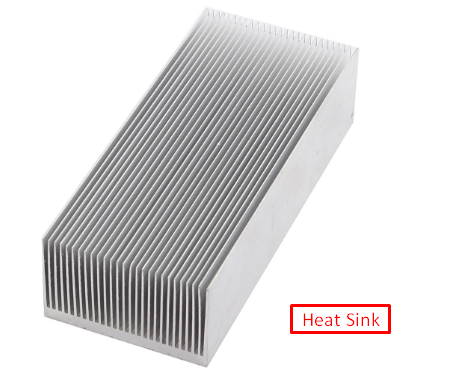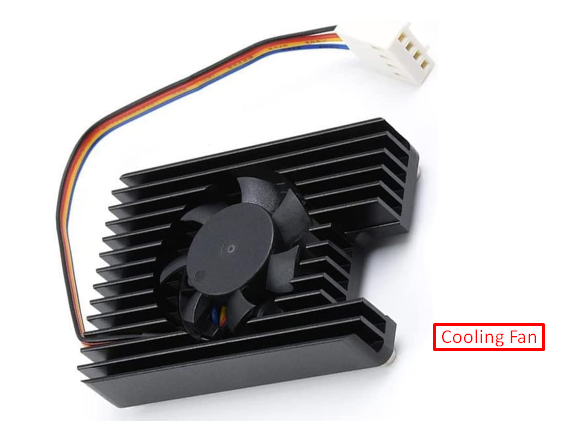To get an answer to the question, you should follow this article where you will get to know whether the Raspberry Pi can run long hours or not.
Can Raspberry Pi Run for Long Hours?
Yes! The Raspberry Pi can run for longer hours since it’s a single-board computer that consumes very low power. Thus, you can expect this device to run for a longer time without creating many issues in terms of energy consumption and electricity bill cost. The power consumption for the latest Raspberry Pi model is on average between 1.8W to 5.4W and the voltage requirement is around 5 V. For details on the power consumption of each model, you can follow this article.
It is not wrong to say that Raspberry Pi is designed to run for long hours, however, users should ensure powering this device through its official power supply to avoid damaging the device.
Buy Raspberry Pi Power Supply.
Is It Okay to Run Raspberry Pi 24/7?
Although Raspberry Pi is designed to run for long hours, however, it is strongly recommended to not run the device 24/7. The fact is when you run the device for longer hours, the temperature of the device tends to rise with each passing time, and there comes a stage where the device exceeds the temperature threshold (below 80 degree celsius) and may heat up. Thus, it’s better to keep a check on your Raspberry Pi device if you aim for running it for a longer time. If the device gets heated up, you should immediately turn it off to let it cool down.
There are a few applications of Raspberry Pi that require it to run 24/7 like if the user is using the device for crypto mining or DHCP server then it may require running the device 24/7. In such cases, the user can run the device 24/7 by taking some precautionary measures to avoid overheating.
Precautionary Measures to Avoid Overheating of Device
These precautionary measures are presented below:
1: By Using Heat Sink
One of the major problems Raspberry Pi users mostly confronted is the device heats up too early and it is always recommended to power off the device if it heats up excessively. You can solve this heating problem by using a heat sink with your device. A heat sink is basically a component that can be connected to a device to sink the heat. Heat sink can cool the device depending upon the size of the heat sink, the bigger the area of the heat sink, the greater the ability of it to reduce the heat.
You can follow the article here to learn about installing a Heat Sink with your Raspberry Pi device.
2: By Using a Fan
A cheaper option to keep the Raspberry Pi device cool down is using a fan. A fan works as an exhaust by removing the hot air and sending in the cool breeze. By this principle, the Raspberry Pi device stays cool, and it can be run for longer time without heating up and does not get damaged due to excessive heating. There are multiple fans available on amazon for Raspberry Pi different models. Below I have attached the shop link where you can get a fan for your Raspberry Pi 4 device.
Follow the article here to learn about connecting a fan with Raspberry Pi.
Conclusion
The Raspberry Pi can run for long hours without putting much load on the power consumption. However, it’s recommended not to use the device 24/7 because of the heat-up issues. In case you are doing an important task, you can run it 24/7 if you have set up a heat sink or fan with your Raspberry Pi device. The reason is both these options reduce the risk of device damage by cooling down the device in case it gets heated up.


